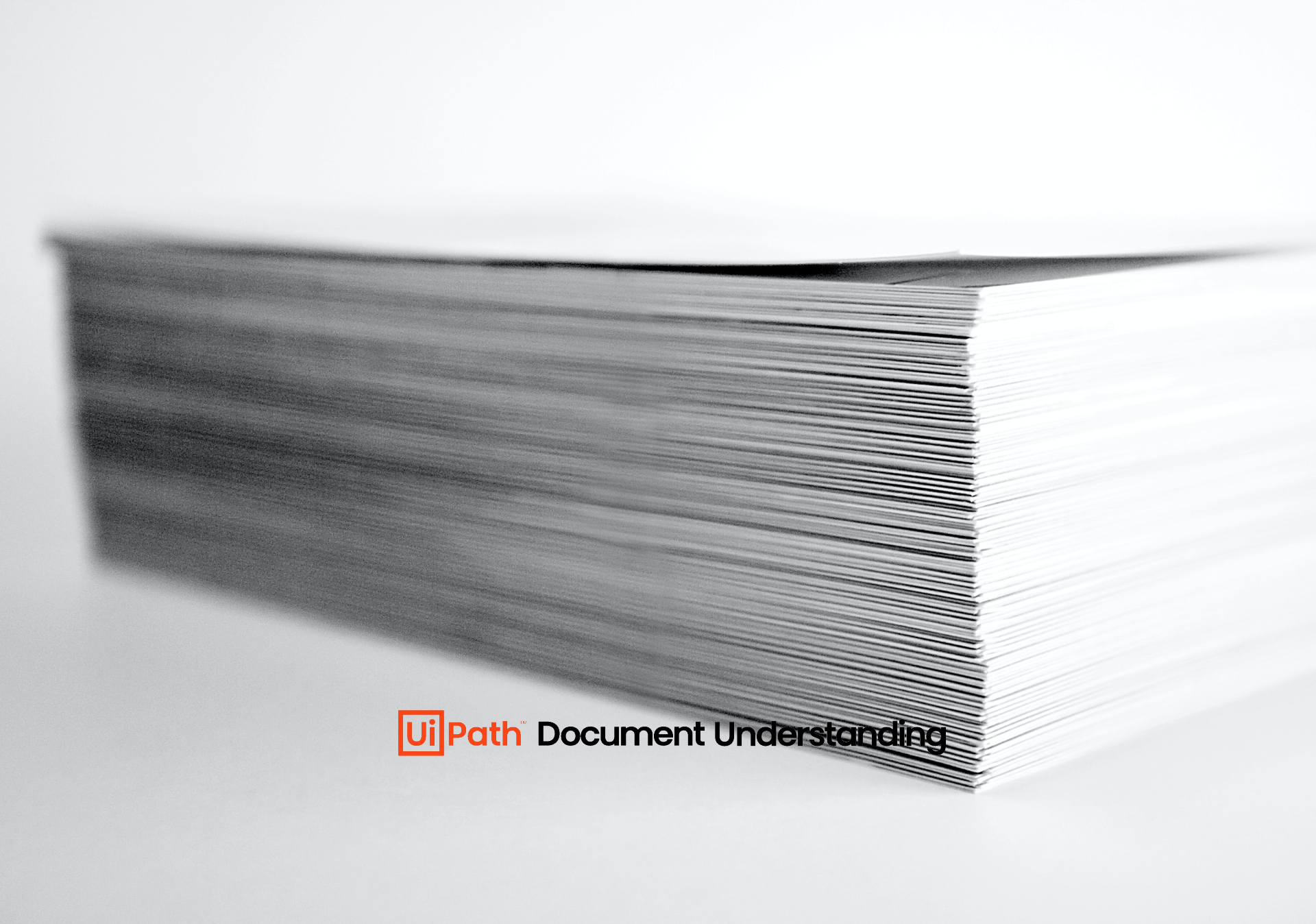Intelligent document processing through Document Understanding
Handwritten claims processing with UiPath (RPA & AI)
Tacstone conducted a study for a large insurer in the Caribbean on the automated processing of handwritten claim forms. With some 17,000 claims annually, the savings for this case are obvious. However, the question is to what extent the technology anno 2021 is capable of correctly reading these handwritten forms. Which Handwriting Recognition tooling and Optical Character Recognition (OCR) engines are best suited? And how do you investigate technical feasibility without high upfront investments?
Out-of-the-box AI with UiPath Document Understanding
For this research, we designed a framework which uses UiPath Document Understanding. This solution makes a combination of RPA & AI to intelligently extract, interpret and process information in proprietary systems. With a combination of out-of-the-box AI and a human in the loop, it is possible to make software robots increasingly intelligent. Due to the approachability of the UiPath Platform, the technical feasibility of a similar case can be investigated in a few days. This input results in a transparent business case for decision-making before investing in advance. In this pilot, we compared the performance of the UiPath and Google Cloudvision OCR engines using 30 handwritten claims as a sample set.

Comparing OCR engines with Levenshtein
Within computer science, the Levenshtein distance is a well-known method for similar investigations. It calculates the minimum number of operations to change a text string (read result) into another text string (expected result). In this pilot, the average similarity scores were 78.3% (UiPath) and 73.9% (Google). We also looked at the percentage of data fields that were read 100% correctly. In this comparison, UiPath’s OCR engine again proved to be the most reliable: 29.2% versus 27.4% (Google).
Furthermore, numbers were found to read better than punctuation marks. Also, the more punctuation marks a text contains, the less reliable the result is. A logical explanation is the amount of white space available on the form. The less white space, the higher the density and therefore less accuracy.
Based on these results, the preliminary conclusion is that the UiPath OCR engine is the most reliable. Obviously, a larger data set is needed to draw definitive conclusions.
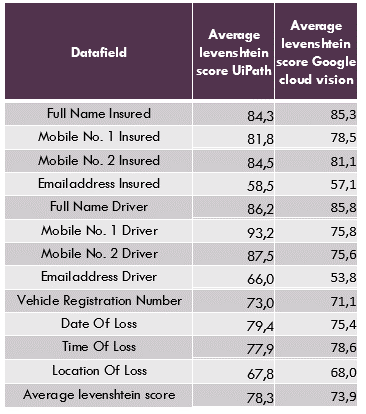
Bring the Human-in-the-loop
In this case, of course, the main question is to what extent we succeeded in extracting the information from handwritten claims. In this pilot, we managed to make a match with the relevant policyholder based on a number of correctly read fields. Through this match and the use of RPA, we can automatically retrieve the missing information in the form from the applications. We then use UiPath Action Center to bring the “human in the loop” and validate the read result. With this automation, we can significantly reduce the processing time per form. As expected beforehand, it is not possible to read the handwritten claims 100% error-free, but does succeed in bringing the Robot out of the human.
Combine RPA, OCR and Document Understanding
By cleverly linking with existing client systems and using UiPath Studio, UiPath Action Center, and UiPath Document Understanding, we can largely automate end-to-end processes involving unstructured documents. By reducing the average processing time from 5 to 2 minutes, our client already saves more than 850 man hours with some 17,000 forms per year.
More about UiPath Document Understanding?
Already familiar with UiPath’s RPA software, and interested in getting started with UiPath Document Understanding yourself? Contact us for a no-obligation introduction.
Lees meer
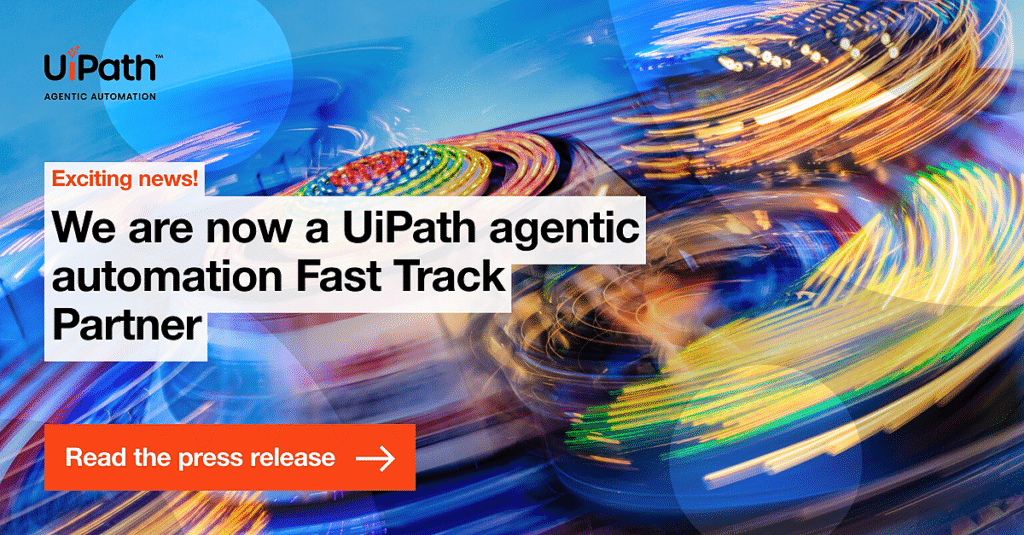

Geerten Oelering joins Tacstone Technology


Tacstone Talks
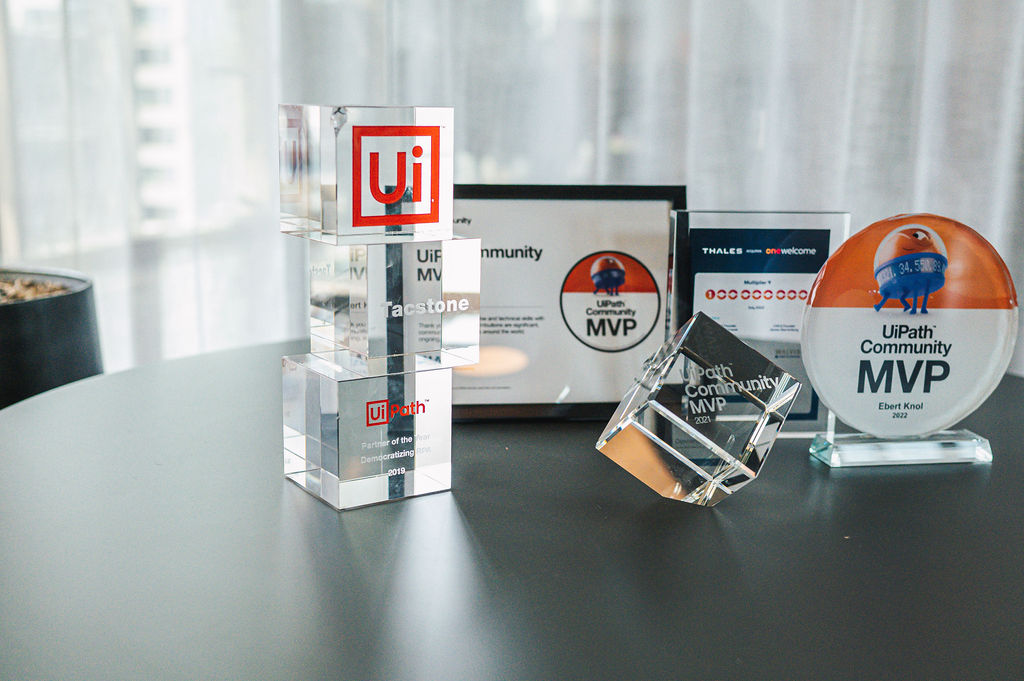

Tacstone Technology achieves Diamond partner status with UiPath


Tacstone Technology and PTWEE join forces for test automation


Deep-dive UiPath Test Automation


Tacstone achieves USN status


Tacstone Technology acquires Microsoft partner Tingk


Automating business processes in SAP with RPA, Low Code Apps & AI
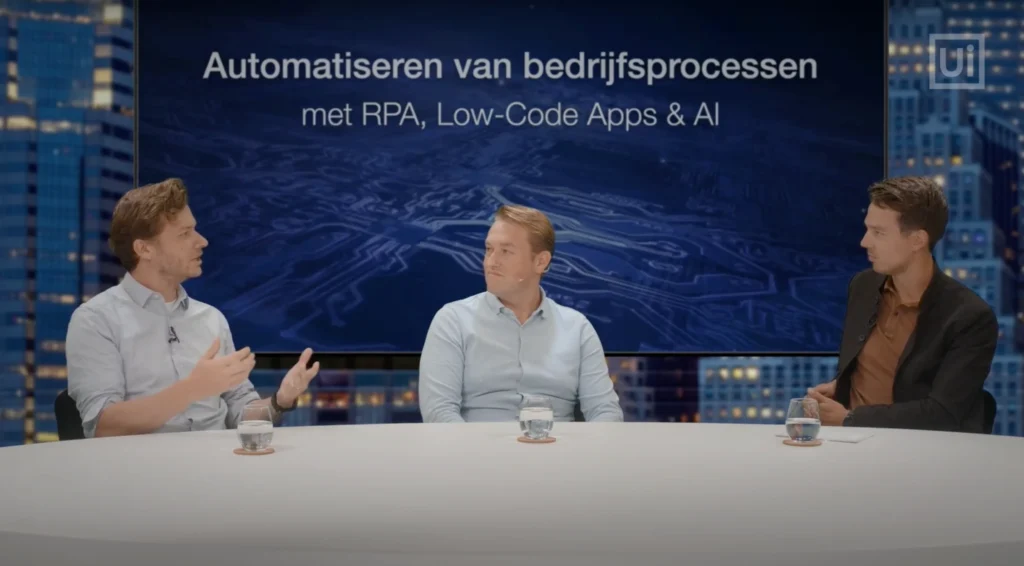

Solving the IT Gap with RPA, Low Code Apps & AI



